Nasal Polyp Surgery Cost in Thailand from top hospitals starts from THB 124775 (USD 3500)approx
.| Country | Cost | Local_currency |
|---|---|---|
| Hungary | USD 1800 | Hungary 627408 |
| India | USD 1500 | India 124725 |
| Israel | USD 11000 | Israel 41800 |
| Lithuania | USD 1800 | Lithuania 1656 |
| Malaysia | USD 4500 | Malaysia 21195 |
| Poland | USD 2600 | Poland 10504 |
| South Korea | USD 2700 | South Korea 3625263 |
| Thailand | USD 3500 | Thailand 124775 |
| Tunisia | USD 2500 | Tunisia 7775 |
| Turkey | USD 1000 | Turkey 30140 |
| United Arab Emirates | USD 2500 | United Arab Emirates 9175 |
| United Kingdom | USD 5700 | United Kingdom 4503 |
Treatment cost
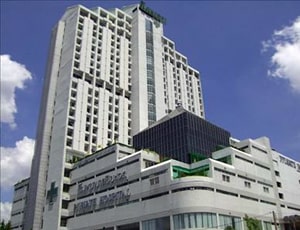
Piyavate Hospital located in Bangkok, Thailand is accredited by JCI. Also listed below are some of the most prominent infrastructural details:
Medicine Centre: Piyavate Hospital provides advanced holistic treatment for their patients. They offer a complete range of services and physicians that specialize in various fields like the endocrine system, the nervous system, kidney function, cardiovascular care, respiratory and digestive system. They pride themselves for the familial care that they provide to their patients.
Fertility and In-Vitro Fertilization Centre: Helping the couples who walk into the Piyavate Hospital to achieve their dream of having a family. They have a medical team that specializes in male and female fertility. They offer consultation services, fertility check-up for both men and women and complete IVF services. They have advanced IVF cycle treatment facilities that offer a high rate of success.
Bone and Joint Institute: Piyavate Hospital houses one of the frontrunners in Orthopaedic health care in all of SouthEast Asia. They offer a wide range of services and surgeries in their bone and joint institute that include hand surgery, hip and knee replacement surgery, spinal cord surgery, upper extremity surgery, arthroscopic surgery and sports medicine.
Eye and Lasik Centre: Piyavate Hospital is fully equipped with the latest and most advanced technology for eye care and houses highly skilled ophthalmologists, sub-specialists and qualified nurses.
Physical Therapy and Rehabilitation Centre: One of the first hospitals to be equipped with the Hybrid Assistive Limb technology that will help a neurologically challenged patient to control the rehabilitation robot limb with a signal from their brain. The Physical Therapy and Rehabilitation Centre at Piyavate Hospital uses this system encourage patients to regain muscle memory to walk and function normally.
Amenities for Patient’s Family:
Piyavate Hospital also offers additional apartment facilities to house the kin of the patients who come to visit them from distant places. A restaurant, a flower shop and a café are a few of the other amenities provided by the hospital.
These are the most popular services offered by the Piyavate Hospital in Bangkok, Thailand. They also provide a plethora of other medical services that are listed below:
Diabetic Foot Centre
Check-up centre
Urology Centre
Heart Institute
Paediatric Centre
Obstetrics and Gynaecology Centre
Surgery Centre
Ear Nose Throat Centre
Haemodialysis Centre
Dental Centre
X-Ray Centre
Gastroenterology Centre
Cancer Centre
Neonatal Intensive Care Unit (NICU)
Emergency Services and Centre
Tele-medicine
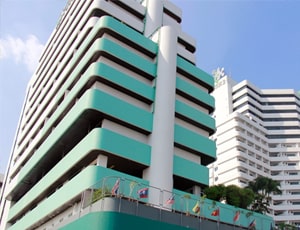
Phyathai 2 International Hospital located in Bangkok, Thailand is accredited by JCI. Also listed below are some of the most prominent infrastructural details:
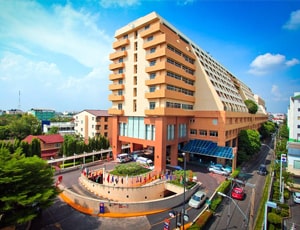
Vejthani Hospital located in Bangkok, Thailand is accredited by NABH, NABL. Also listed below are some of the most prominent infrastructural details:

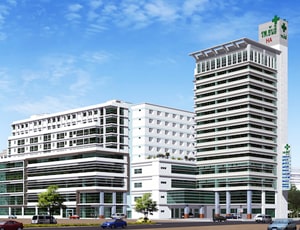
Yanhee International Hospital located in Bangkok, Thailand is accredited by JCI. Also listed below are some of the most prominent infrastructural details:
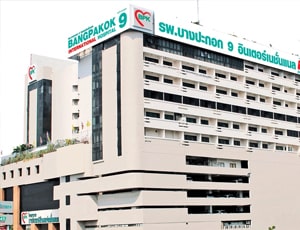
Bangpakok 9 International Hospital located in Bangkok, Thailand is accredited by JCI. Also listed below are some of the most prominent infrastructural details:
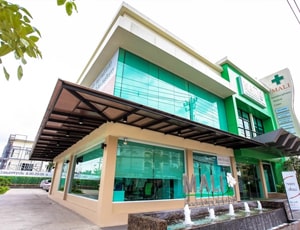
MALI Interdisciplinary Hospital located in Bangkok, Thailand is accredited by JCI. Also listed below are some of the most prominent infrastructural details:
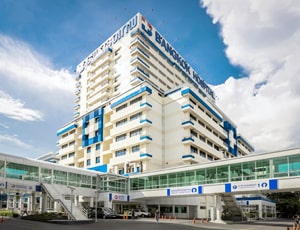
Bangkok Hospital located in Bangkok, Thailand is accredited by JCI. Also listed below are some of the most prominent infrastructural details:
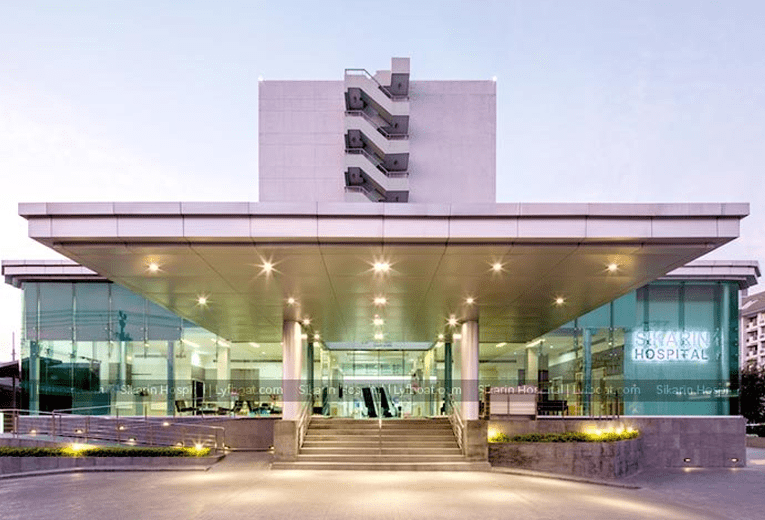
Apart from in-detail treatment procedures available, Sikarin Hospital located in Bangkok, Thailand has a wide variety of facilities available for International Patients. Some of the facilities which are provided by them are Airport Transfer, Choice of Meals, Interpreter, SIM, TV inside room. Also listed below are some of the most prominent infrastructural details:
It has also received many awards and certifications and some of them are:
The various clinics and centers of Sikarin Hospital are as follows:
The medical technology present in Sikarin Hospital is outlined here:
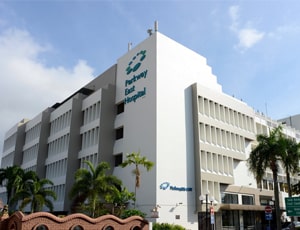
Parkway East Hospital located in Joo Chiat Pl, Singapore is accredited by JCI. Also listed below are some of the most prominent infrastructural details:
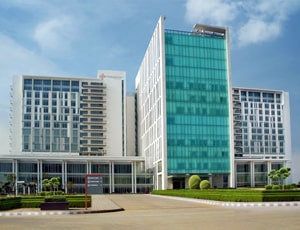
The cost for Nasal Polyp Surgery ranges from USD 2130 - 2540 in Medanta - The Medicity
Medanta - The Medicity located in Gurugram, India is accredited by JCI, NABH. Also listed below are some of the most prominent infrastructural details:
DOCTORS IN 14 SPECIALITIES
FACILITIES & AMENITIES
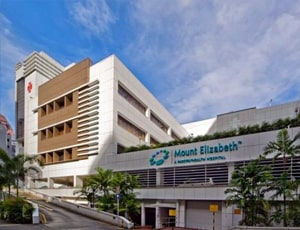
Mount Elizabeth Hospital located in Singapore, Singapore is accredited by JCI. Also listed below are some of the most prominent infrastructural details:
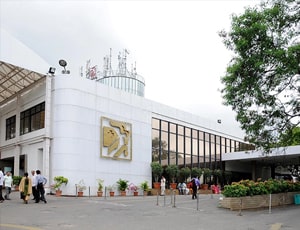
The cost for Nasal Polyp Surgery ranges from USD 2040 - 2670 in Apollo Hospitals
Apollo Hospitals located in Hyderabad, India is accredited by JCI, NABH. Also listed below are some of the most prominent infrastructural details:
DOCTORS IN 14 SPECIALITIES
FACILITIES & AMENITIES
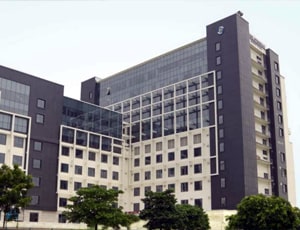
The cost for Nasal Polyp Surgery ranges from USD 2150 - 2730 in Venkateshwar Hospital
Venkateshwar Hospital located in New Delhi, India is accredited by NABH. Also listed below are some of the most prominent infrastructural details:
DOCTORS IN 13 SPECIALITIES
FACILITIES & AMENITIES
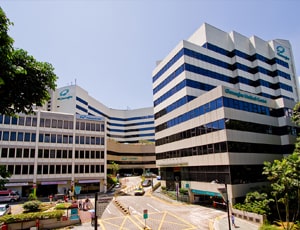
Gleneagles Hospital located in Napier Road, Singapore is accredited by JCI. Also listed below are some of the most prominent infrastructural details:
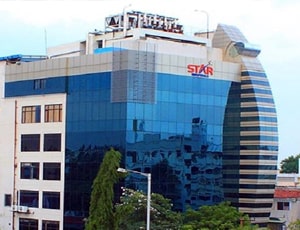
The cost for Nasal Polyp Surgery ranges from USD 2130 - 2640 in Star Hospitals
Star Hospitals located in Hyderabad, India is accredited by NABH, NABL. Also listed below are some of the most prominent infrastructural details:
DOCTORS IN 12 SPECIALITIES
FACILITIES & AMENITIES
Nasal polyps are fleshy swellings or polypoidal, benign/non-cancerous masses that develop in the lining of the nose and paranasal sinuses. They usually occur in both nostrils, though unilateral polyps rarely occur. Polyp formation in the nasal cavity is due to chronic allergic rhinitis, chronic sinusitis, and, less commonly due to underlying disease such as cystic fibrosis.
Patients with large polyps present with nasal obstruction (breathing difficulty), persistent nasal discharge (rhinorrhea), sinus infection, and loss of the sense of smell (anosmia) for a prolonged duration.
It is usually done to remove polyps that are closer to the nasal opening.
Anesthesia: Local
Procedure: Initially the local anesthetic is applied to the surgical site which helps to numb the area. To carry out the surgical process, forceps or a
Polyps which are large and obstructive and which are not effectively managed with medications such as steroids are removed by this endoscopic sinus surgical method. This procedure helps to improve airflow through the nasal passage as well as improves sinus drainage and sense of smell and taste.
Procedure: An optical tube with a video camera at one end (endoscope) is passed into the nostrils by the surgeon. This allows them to see inside of nose and sinuses. Once the location of nasal polyps has been identified, then specialized instruments such as micro-
Sometimes, a laser device is used instead of micro-
Sinus surgery cost varies from hospital to hospital and country to country.
Long-term steroidal nasal spray therapy is recommended post-surgery, to delay the recurrence of the polyps quickly.
Common problems associated with endoscopic sinus surgery include:
Ask your healthcare adviser for the best multiple options and choose the one that meets your expectations
Nasal Polyp Surgery cost in Thailand starts from about $3500. Many multispeciality hospitals in Thailand that are Healthcare Accreditation Institute, JCI certified are approved and most sought after for treating international patients with Nasal Polyp Surgery
Nasal Polyp Surgery package cost in Thailand has different inclusions and exclusions. There are many hospital that cover the cost of pre-surgical investigations of the patient in the treatment package. The comprehensive Nasal Polyp Surgery package cost includes the cost of investigations, surgery, medicines and consumables. Stay outside the package duration, post-operative complications and diagnosis of a new condition may further increase the Nasal Polyp Surgery cost in Thailand.
Many hospitals in Thailand perform Nasal Polyp Surgery. The top hospitals for Nasal Polyp Surgery in Thailand include the following:
While the speed of recovery may vary from patient to patient, they are still required to stay for about 10 days after discharge. This is important to ensure that the surgery was successful. During this time, control and follow-up tests take place to check for medical fitness.
Apart from the Nasal Polyp Surgery cost, there are a few other daily charges that the patient may have to pay. These are the charges for daily meals and accommodation outside the hospital. The extra charges may start from USD 50 per person.
There are many cities that offer Nasal Polyp Surgery in Thailand, including the following:
There are many Nasal Polyp Surgery surgeons who offer video telemedicine consultation to patients who need this treatment. Some of them include the following:
| Doctor | Cost | Schedule Your Appointment |
|---|---|---|
| Dr. Vitoon Leekirkgong | USD 121 | Schedule Now |
The patient has to spend about 1 days in the hospital after Nasal Polyp Surgery for proper recovery and to get clearance for discharge. The doctors team review the patient's recovery during this time with the help of blood tests and imaging scans. Once they feel that everything is on track, the patient is discharged.
There are more than 6 hospitals that offer Nasal Polyp Surgery in Thailand. Such clinics have the required infrastructure and a dedicated unit where patients can be treated. Such hospitals follow all legal protocols and guidelines as specified by the local medical affairs body when it comes to the treatment of international patients.
Some of the top medical specialists for Nasal Polyp Surgery in Thailand are: